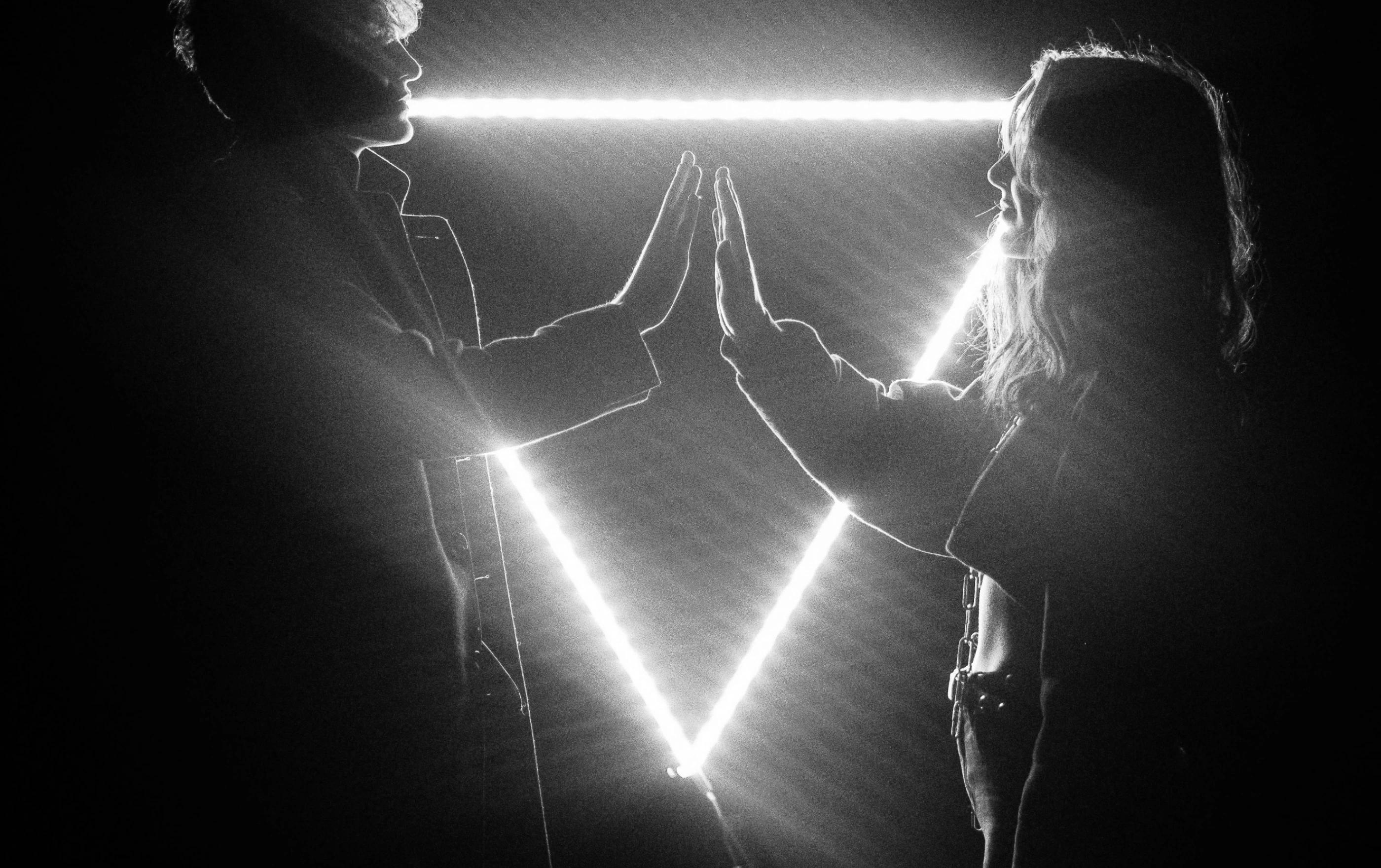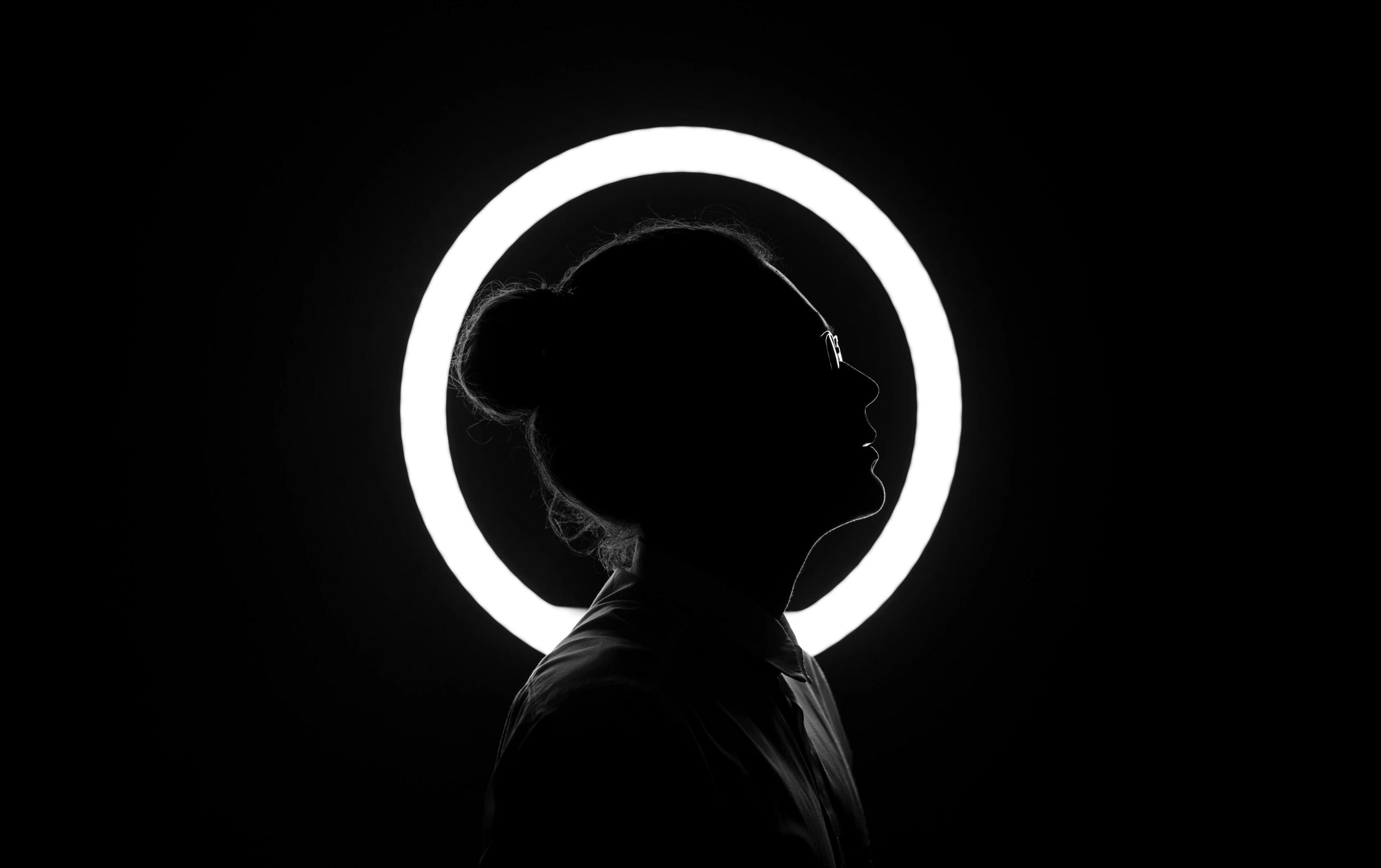What happens when we explore what goes beyond the “deadline default” framework? Instead of craving the dopamine hit of a quick fix, we can see the projected end of a project as a “pit stop” in a more extensive timeline.
The short-term objective shifts into an impact-driven, time-rich alternative, a long-term mindset, resulting in an ever-so-satisfying dose of delayed gratification, and a healthy business with a meaningful legacy.
As we unlearn our short-term thinking and endeavour to bring our clients, colleagues, and collaborators with us in shifting to long-term thinking, we are likely to encounter challenges. There are some big questions we need to get our head around; why would we take the longer and more expensive route when we could reach a quick fix now? And how can we meet the needs of whatever comes next?

Co-creating and collaborative partnerships
We can’t transition to long-term thinking if our clients aren’t on board, too. We’re playing the long game here – take a chance and forfeit the potential for a quick buck in favour of an enduring professional relationship. As Act Three of Design Declares’ manifesto reads, every project, pitch, proposal, and production is an opportunity to make real progress – bringing our clients with us is a sure fire way of building the narrative and creating lasting impact.
🤝 Think in partnerships, not projects
This takes some doing, involving not just your own business positioning, but also the willingness of your client to believe in your process. Try starting out with low-risk and low-commitment project work to build trust before signing a hefty partnership contract – the likelihood is you’ll both benefit from a longer-term commitment to each other.
👯♂️ Involve all stakeholders and perspectives in your planning
Be it the business big cheese or the assistant to the assistant manager, involving all stakeholders and perspectives will only help to build a fuller understanding of the project and a greater scope of trust for the partnership at hand. Make the process invitational and welcome new or even opposing views to the table.
“Instead of craving the dopamine hit of a quick fix, we can see the projected end of a project as a “pit stop” in a more extensive timeline.”
Building a triple bottom line business
Triple bottom line thinking is more than a framework, it’s a methodology that places people, planet, and profit at the bedrock of any business. Creating a financially robust and ecologically responsible business will pay dividends, but it can take time. In the interest of supporting a fair and equitable industry, triple bottom line thinking could be the dependable answer you’re looking for. Plan ahead, look forward, and build upon structures designed to support good business.
🌍 Prioritise social, environmental, and economic good in your decision-making
We’ve spoken about the zero-sum-game of purpose and profit in the past, an ongoing conversation that calls into question how we approach business from a social, environmental, and economic standpoint. There’s power in patience – take the slow road and make the decisions that put people, planet, and profit on an equal footing.
🎲 Borrow frameworks that focus on long-term change over short term solutions
Sometimes the easiest way of planning for the future of your business is to adopt frameworks that have built these structures for you. If we think about growth acceleration and scaling ambitions, 2Y3X is a methodology that offers the potential for financial return on two years of business development. Be realistic, and align your ambitions with a generous timeline.

Forecasting, future-thinking, and longevity
All businesses think ahead in at least some capacity – we are likely to forecast our financial year and consider the next steps for how we can onboard a new hire. We often plan a media calendar for the upcoming months, and explore what the future of the workplace might look like, but we don’t always think about what happens to the business when we aren’t there anymore. Creating a multi-generational business with a meaningful legacy calls for a radically honest look at our intentions. What does it mean to be in it for the long haul?
👪 Help shape a multi-generational business
Collaborating with a workforce with a full breadth of perspectives, experiences, and ideas makes for good business decisions. Consider how the business will mature over time and imagine a future where your newbies become leaders. Shaping a business culture that nurtures employees and gives them room to grow into their role means building a business that will exist beyond you – put your trust in the next generation!
📆 Abandon your 5 year exit strategy
Be a good ancestor. Creating a business with the view to leave it with well-lined pockets isn’t a sustainable outlook, and doesn’t serve you or your potential employees. Make ethical decisions about your next move – what will your business legacy be? And what will your impact look like?
Interested in continuing the conversation or have some thoughts on what should come next? Our door is always open! Get in touch hello@driftime.com 👋



